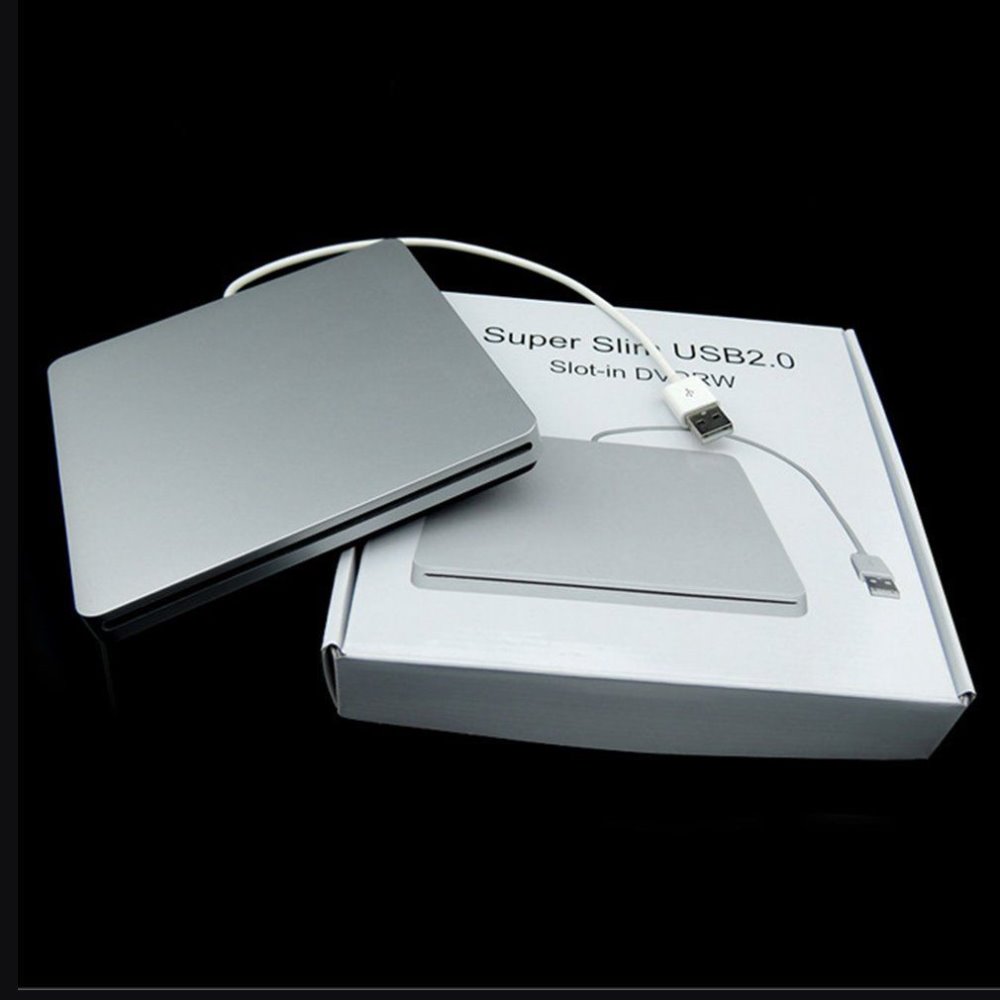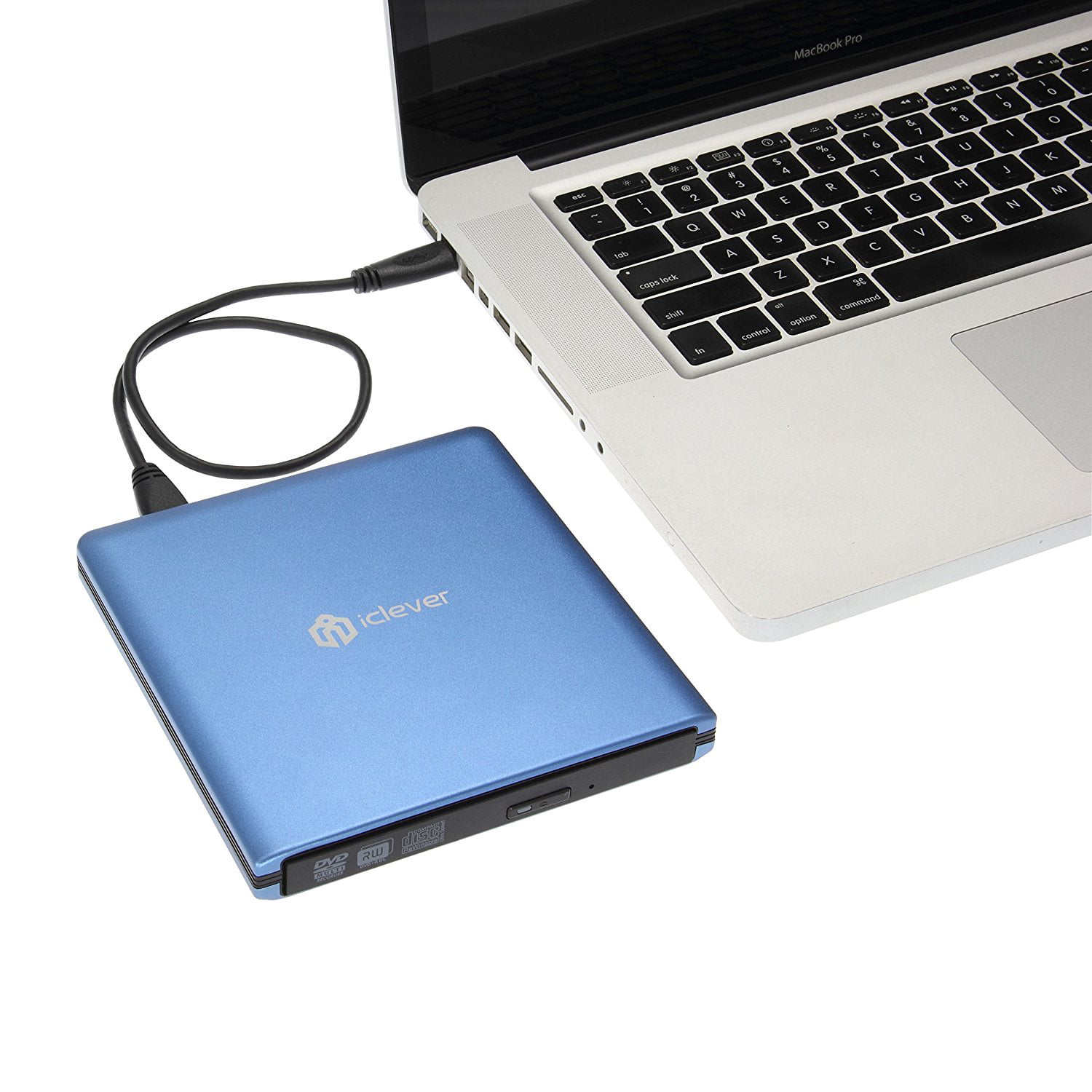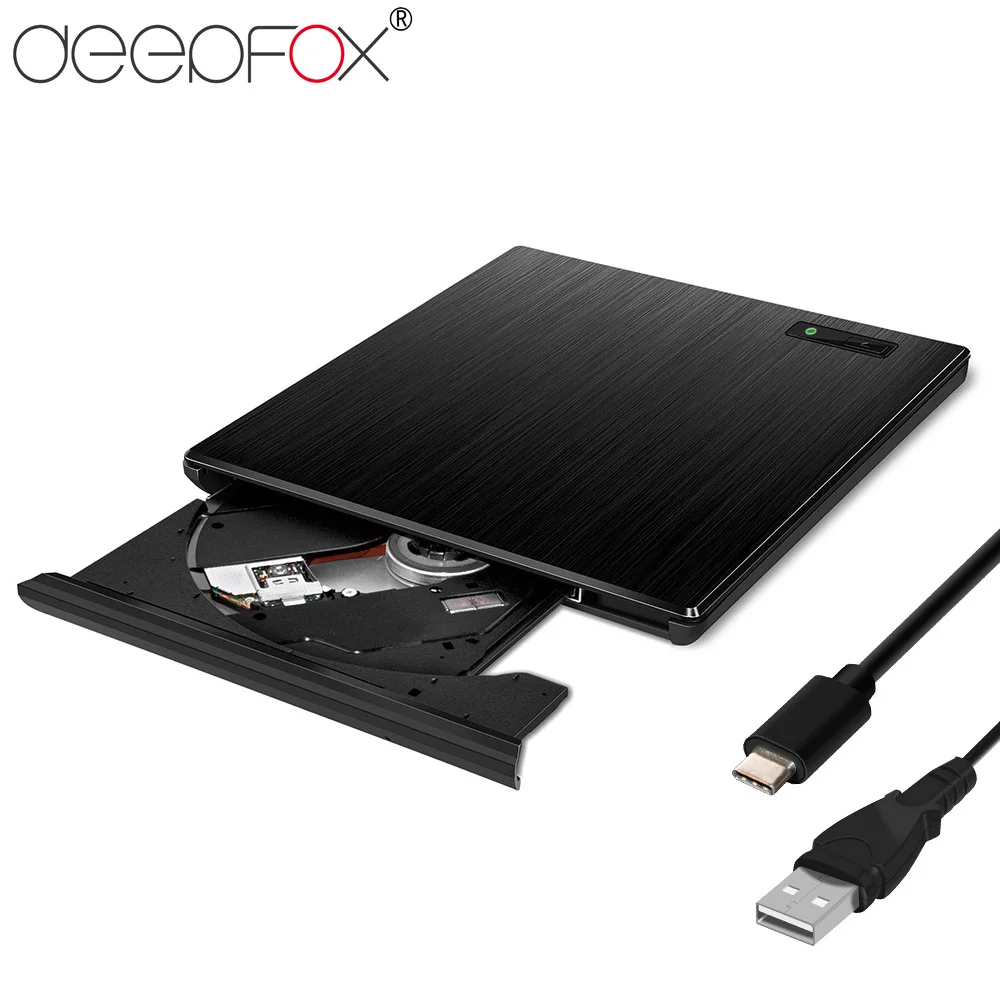

- Mac dvd drive external mac os x#
- Mac dvd drive external drivers#
- Mac dvd drive external driver#
- Mac dvd drive external professional#
- Mac dvd drive external windows#
In Mac OS X (versions 10.0.x through 10.4.x) UDF-formatting of DVD-RAM is no longer supported, instead formatting and writing DVD-RAM is done in HFS+ format. The classic Mac OS up to 9.2 can read and write HFS, HFS+, FAT, and UDF formatted DVD-RAM discs directly.

Mac dvd drive external windows#
Windows Vista (and later) implement the CPRM data protection and thus discs formatted under Windows XP (or earlier) have compatibility issues with Vista onwards (and vice versa). This is because some file systems frequently overwrite data on the disc and the table of contents is contained at the start of the disc. Even though it is possible to use any file system one likes, very few perform well on DVD-RAM. Windows Vista and later can natively access and write to both FAT32 and UDF formatted DVD-RAM discs using mastered burning method or packet writing.
Mac dvd drive external driver#
For UDF formatted discs, which are considered faster, a third-party UDF file system driver capable of writing or software such as InCD or DLA are required.
Mac dvd drive external professional#
Windows XP Home and Professional can only write directly to FAT32 formatted DVD-RAM discs.
Mac dvd drive external drivers#
Many operating systems like the classic Mac OS (from Mac OS 8.6 up), macOS, Linux, and Microsoft Windows XP can use DVD-RAM directly, while earlier versions of Windows require separate device drivers or the program InCD. Discs can be removed from cartridges for use with these drives (except with type 1 media, see table above). Physically smaller, 80 mm in diameter, DVD-RAM discs also exist with a capacity of 1.46 GB for a single-sided disc and 2.8 GB for a double-sided disc, but they are uncommon.ĭVD-RAMs were originally solely sold in cartridges recent DVD recorders can work with discs either with or without a cartridge, and many devices do not work with cartridges. Speeds more than 2x are defined by Optional Specifications (Nx-speed DVD-RAM): – Class 1, recording speed 6x/8x/12x/16x (DVD-RAM2) DVD-RAM version 2.2 (2004) divides drives and discs into two classes due to breaking compatibility:.– Introduces 8-cm discs with capacity of 1.46 GB per side (14 track zones) – Defines discs with more common capacity of 4.7 GB per side (35 track zones) DVD-RAM version 2.0 (1999), recording speed 2x.

– Defines discs with capacity of 2.58 GB per side (24 track zones) (see also: DVD Capacity)

Encoding is done by means of difference in reflectivity of the alloy, a laser is pointed at the surface and the returned intensity signifies either a 1 or a 0. To change the recording material from a crystalline to an amorphous state, and back again a high or medium power laser light is used to control the rate of cooling of the phase changing alloy therefore establishing the final state. Phase change technology uses laser light to heat the surface of a phase changing alloy and allows it to go from a crystalline to an amorphous state and vice versa, therefore altering its optical reflectivity index.


 0 kommentar(er)
0 kommentar(er)
